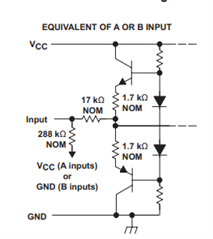Hi Team, seeking some clarification.
What is the channel to channel skew of the part? It is not specified in the datasheet. Passing two signals through different channels on the same part that need to maintain a certain timing relationship to each other.
Thank you.
-Mark



